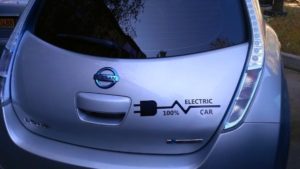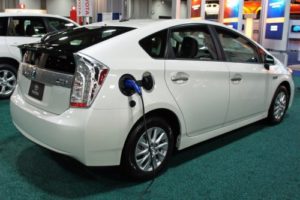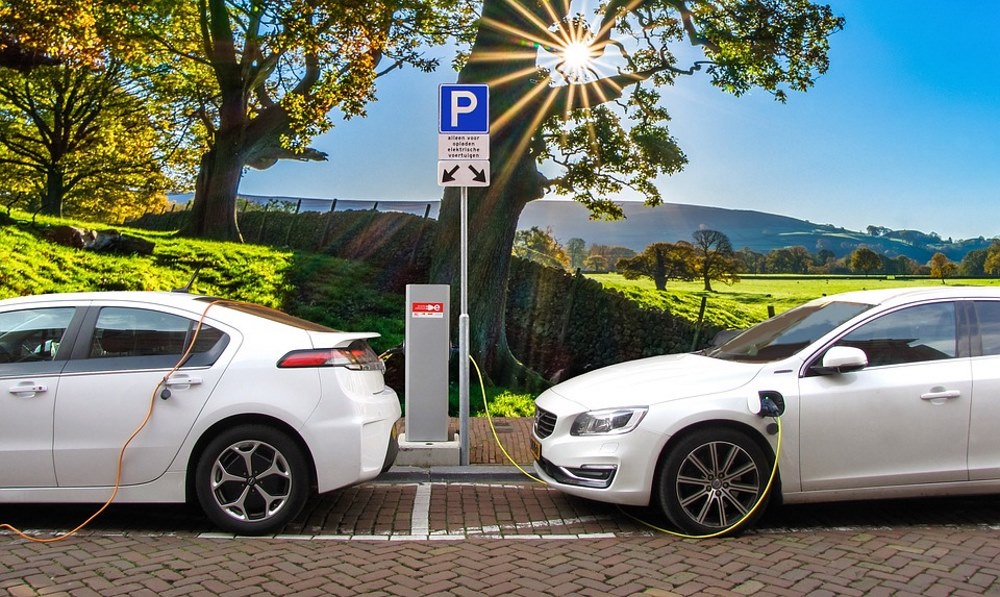Thinking about switching to an electric vehicle and not sure where to start? You’re not the only one — we get heaps of questions about this at the workshop from people all over Hamilton, Nawton, Rototuna, Tamahere, and even as far as Cambridge. There are a few main types of electric and hybrid vehicles you’ll see on the roads here, and each has its own pros and cons depending on the sort of driving you’re doing — whether it’s crawling through Claudelands traffic or hopping between towns on State Highway 3.
Battery Electric Vehicles (BEVs)

BEVs are what everyone thinks of when they picture a fully electric car. No petrol tank, just batteries. You plug them in overnight, at home, or at the spunkiest fast charger outside The Base. No tailpipe means no emissions either, so they’re great for those foggy Hamilton mornings when you want cleaner air. And in stop-start traffic on roads like Te Rapa Straight, BEVs hardly use any power since you’re not idling like a petrol car. That “regen” braking system stores energy when you slow down — pretty cool trick for saving battery, especially with all those speed bumps in Bader.
If you stick mostly around town, drive out to Chartwell or Morrinsville, and can charge at work or home, BEVs are spot on. We see all sorts in the shop here: Nissan Leafs (super popular), Hyundai Ioniq, a few Renault Zoes, some BYDs, and the odd KIA EV6 or Tesla Model 3, plus the random Peugeot or MG every now and then.
For vans, you’ve got options like the Nissan eNV200 and Renault Kangoo showing up on local building sites.
Plug-in Hybrid Electric Vehicles (PHEVs)

Then you’ve got PHEVs — a mix of electric and traditional petrol. These are real handy if you’re doing longer runs out to places like Raglan or Matangi but don’t want petrol costs eating your wallet. Plug it in for your daily commutes and let the battery do its job; when you need to zip over to Huntly or Te Awamutu, the petrol motor kicks in. The Mitsubishi Outlander PHEV is everywhere, but there’s also the Toyota Prius PlugIn, and you might spot a Volvo V60 or even a BMW i3 range extender in the school drop-off queue — not just blokes driving these, by the way, plenty of tradies and mums got on board.
If you’re charging overnight at home and want to use electric power most days but need the backup for weekends or emergencies, this type nails it. Plus, you’ve still got that regen braking, which is good when you’re constantly slowing down for potholes and those new roundabouts they keep adding near Glenview.
Standard Hybrids
These don’t plug in, but they’re more fuel-efficient than your old Corolla. The battery charges whenever you brake or from the petrol engine — you’ve probably seen Toyota Auris, Honda Jazz hybrids, and even the odd Subaru XV Hybrid around town. They’re not fully electric, but if you do heaps of city driving (thinking stopping by Chartwell, dashing through Dinsdale, all those start-stop moments), hybrids can save you a pile on fuel and keep your WOF Hamilton visits breezy.
Long run, electric vehicles will save you money on running costs, but yeah — up front, they’re a bit pricier. The good news is, there are subsidies and changes on the way to make them cheaper for kiwis to get into, so you won’t have to wait too long before they’re more affordable.
Need a Hand Deciding?
If you still reckon you’re not sure what’s best — straight electric, plug-in hybrid, or just standard hybrid — have a chat with us. We see it all on the hoist every day, so we can give advice based on real Kiwi roads, and share what lasts (or not) through Hamilton’s winters, baking-hot summers, and everything in between. At Grimmer Motors, all our technicians keep up with the latest EV and hybrid repairs, and have the gear for those tough diagnostics (yep, we’ve made some of our own scan tools).
If you need a car service in Hamilton, help picking a vehicle, or you’re looking for an honest yarn about NZ car problems — come see us. We’ll sort you out, no stress.

